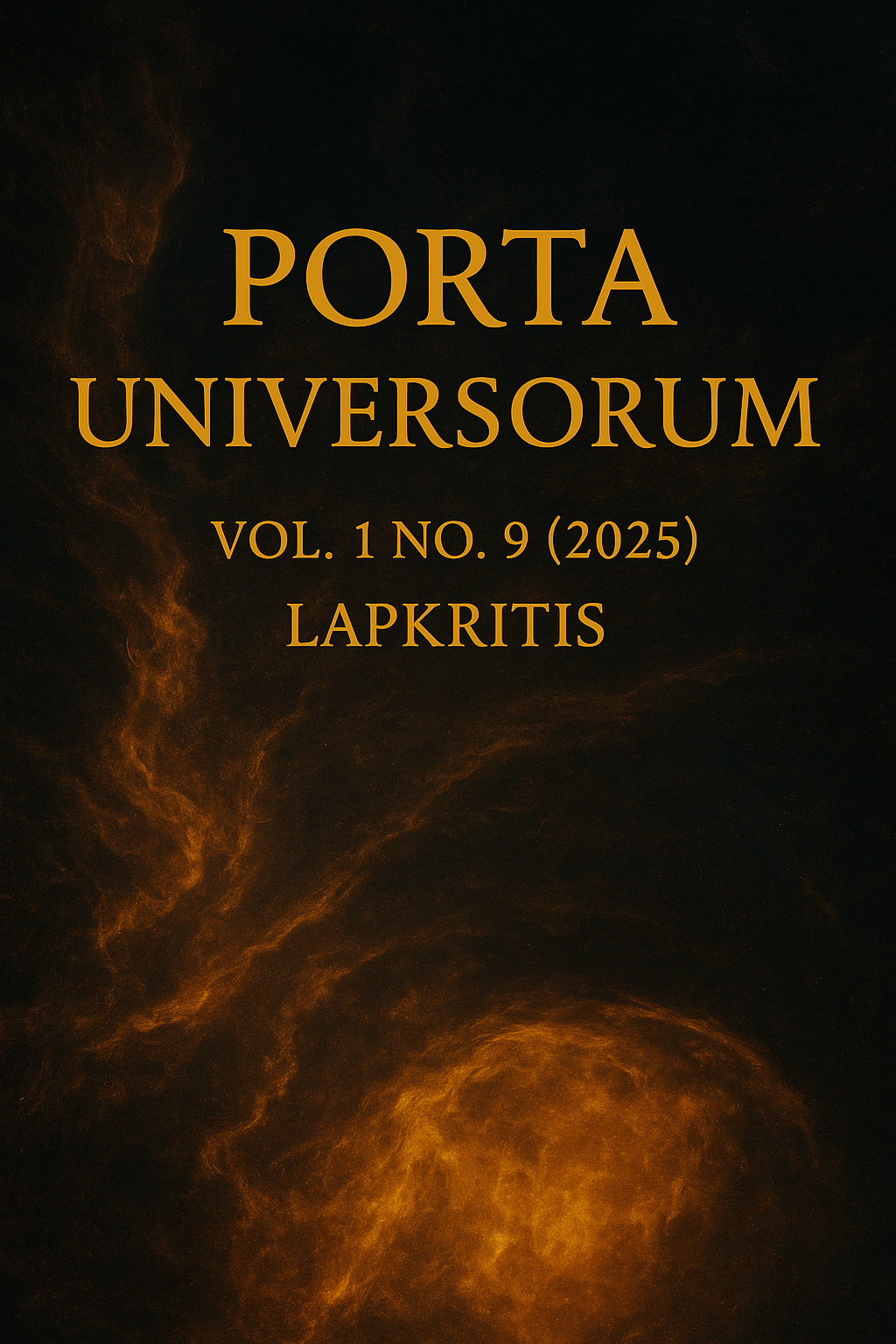Curriculum Alignment and Problem-Solving Instruction in Mathematics: Evaluating Azerbaijani Textbooks in Light of Modern Pedagogical Demands
DOI:
https://doi.org/10.69760/portuni.0109008Keywords:
Problem-solving, Curriculum alignment, Mathematics textbooks, Cognitive demand, Instructional designAbstract
This article examines the extent to which mathematics textbooks align with modern curriculum demands for problem-solving instruction. A review of literature shows that problem solving has become a central objective of mathematics curricula worldwide, framed as both a goal and a method of teaching. Effective problem-solving instruction requires aligning curriculum standards, textbook content, and classroom practices to emphasize higher-order thinking and real-world application. We discuss the concept of curriculum alignment and its importance, drawing on studies of alignment between learning objectives and educational materials. An analysis of mathematics textbooks – including a case example from recent curriculum reforms in Azerbaijan – highlights common misalignments: problem-solving tasks are sometimes superficially included or pitched at inappropriate difficulty levels, and cognitive demands in textbooks may not fully reflect those in curriculum standards. We identify challenges such as inconsistent integration of problem-solving across topics, insufficient guidance for complex real-life problems, and a tendency to focus on rote procedures over strategy development. Recommendations are offered for improving alignment, including designing textbook tasks that foster deep understanding and inquiry, ensuring a progression of problem-solving experiences, and supporting teachers’ pedagogical content knowledge. Aligning textbooks with modern problem-solving demands is critical for developing students’ analytical skills and for the overall coherence of reform-oriented mathematics education.
References
Alghamdi, A. (2023). Word Problem Solving Tasks in Third-Grade Mathematics Textbooks: How Well Do they Align with Effective Teaching Practices? (Doctoral dissertation, University of Minnesota).
Hiebert, J., Carpenter, T. P., Fennema, E., Fuson, K., Human, P., Murray, H., Olivier, A., & Wearne, D. (1996). Problem solving as a basis for reform in curriculum and instruction: The case of mathematics. Educational Researcher, 25(4), 12–21. https://doi.org/10.3102/0013189X025004012
Khoy, B. (2025). Unlocking cognitive learning objectives: a comprehensive evaluation of how textbooks and syllabi align with revised Bloom’s taxonomy across disciplines. Curriculum Perspectives, 45(2), 189–202. https://doi.org/10.1007/s41297-024-00295-2
Martone, A., & Sireci, S. G. (2009). Evaluating alignment between curriculum, assessment, and instruction. Review of Educational Research, 79(4), 1332–1361. https://doi.org/10.3102/0034654309341375
Olivares, D., Lupiáñez, J. L., & Segovia, I. (2021). Roles and characteristics of problem solving in the mathematics curriculum: A review. International Journal of Mathematical Education in Science and Technology, 52(7), 1079–1096. https://doi.org/10.1080/0020739X.2020.1738579
Tambara, C. T. (2015). Unpacking teachers’ pedagogical content knowledge and skills to develop learners’ problem-solving skills in mathematics. (Master’s thesis, Stellenbosch University, South Africa).
Downloads
Published
Issue
Section
License
Copyright (c) 2025 Porta Universorum

This work is licensed under a Creative Commons Attribution-NonCommercial 4.0 International License.
License Terms
All articles published in Porta Universorum are licensed under the Creative Commons Attribution–NonCommercial 4.0 International License (CC BY-NC 4.0). This license permits:
-
Sharing (copying and redistributing the material in any medium or format),
-
Adapting (remixing, transforming, and building upon the material),
-
for non-commercial purposes only,
-
with proper attribution to the original author(s) and source.
Commercial use of the material is not permitted without prior written permission from the publisher.




